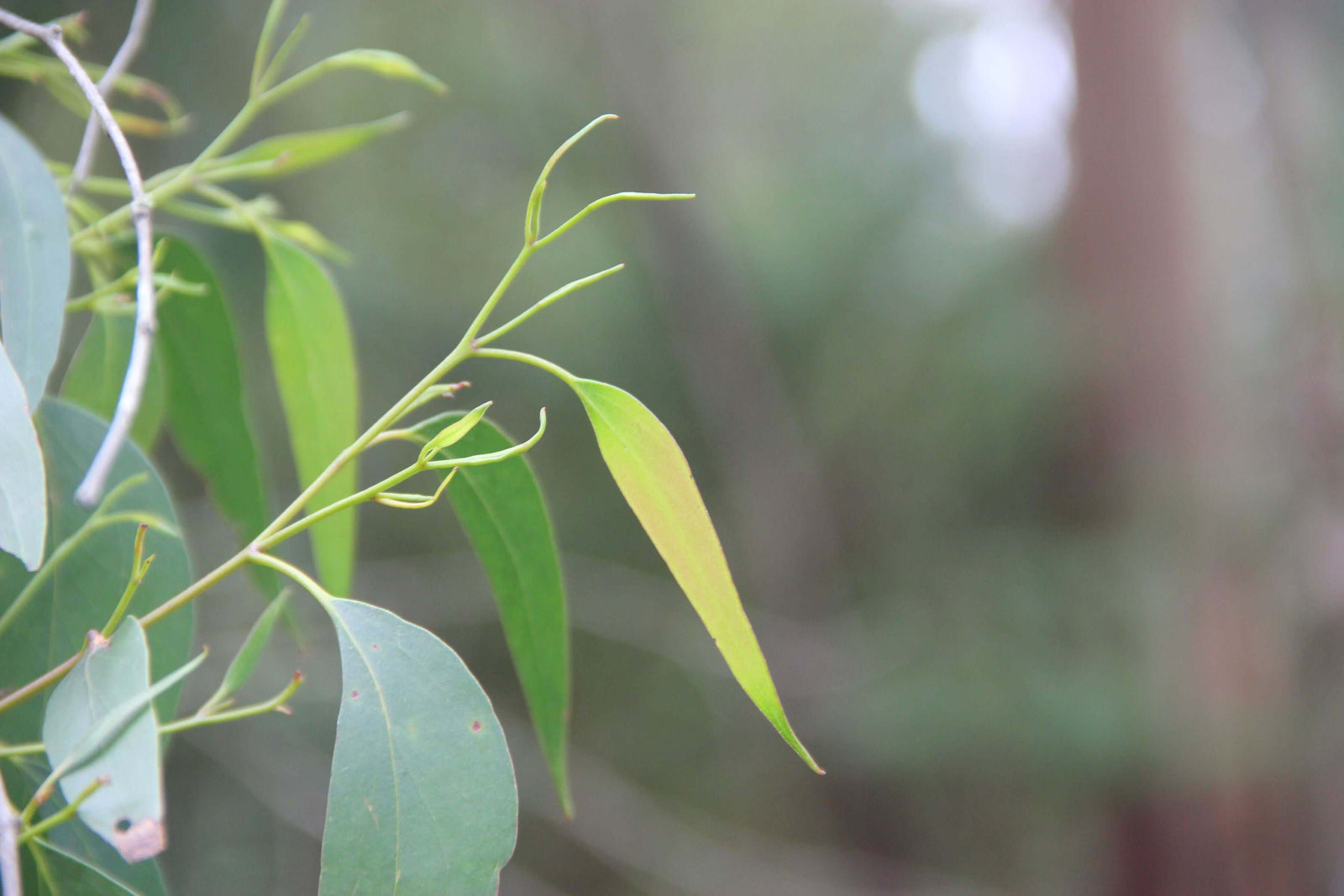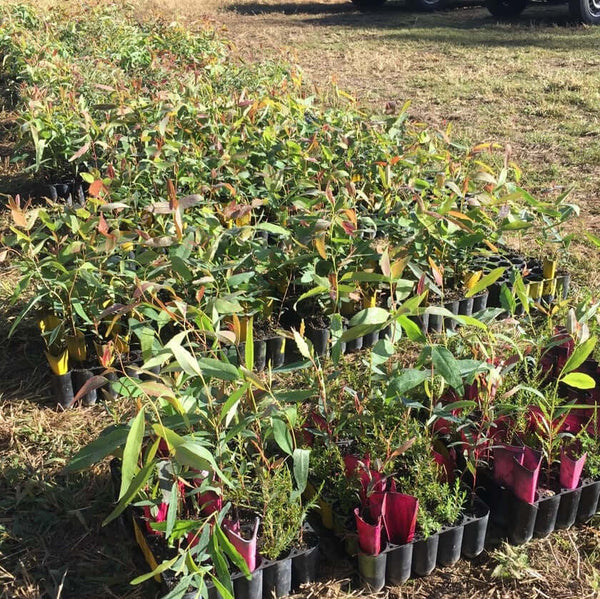Over 25 Years Restoring & Protecting Native Forests
Greenfleet has planted more than 11.2 million native trees, creating over 550 forests across 11,000 hectares in Australia and New Zealand.
We have over 25 years of experience establishing and maintaining native biodiverse forests. Our forests protect our climate by absorbing carbon emissions, restoring habitat for wildlife, boosting land productivity, and improving soil and water quality.
Our speciality Revegetation Team has a strategic, hands-on approach to delivering high quality revegetation projects, and by legally protecting each forest, we ensure the impact we are making is long-term






